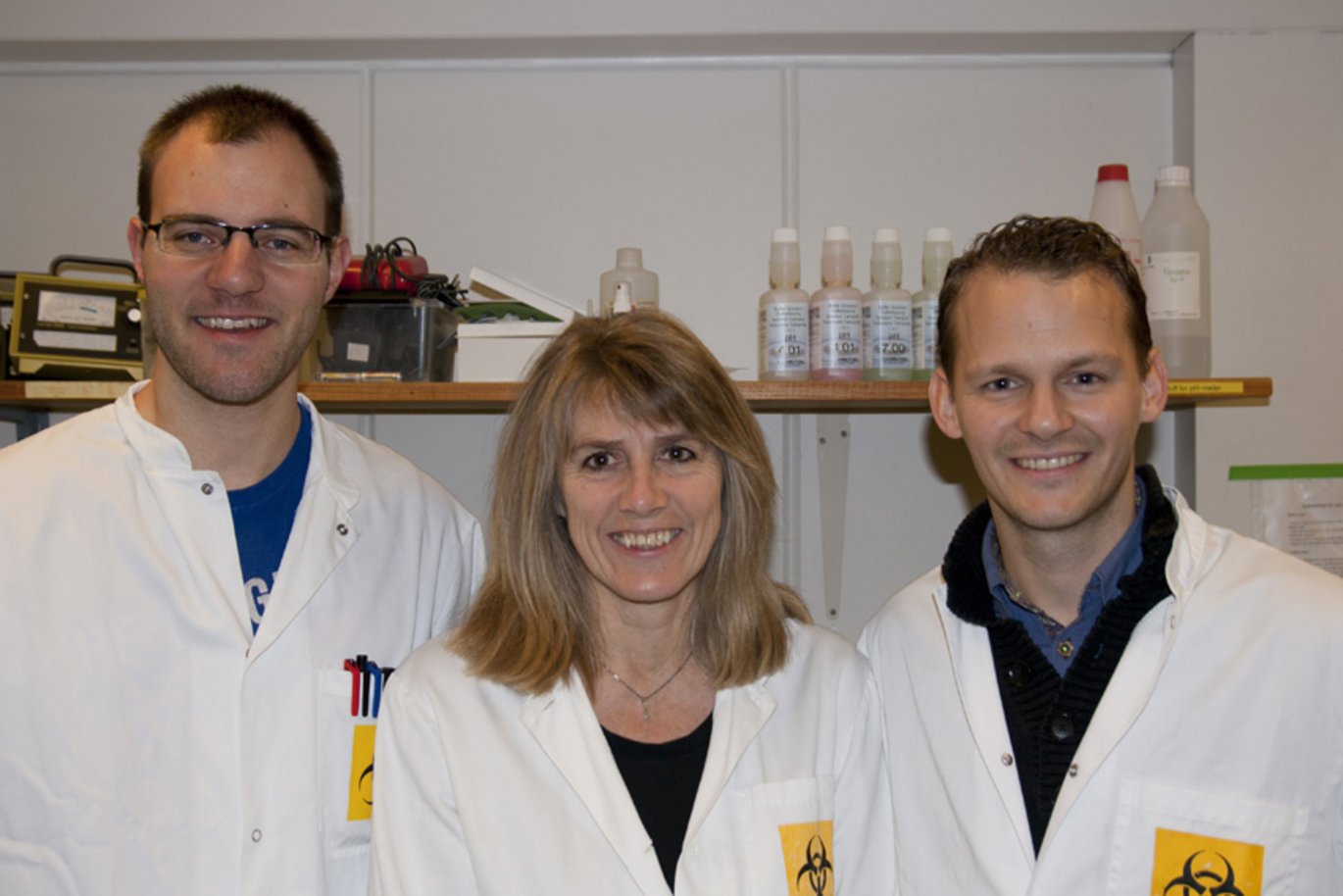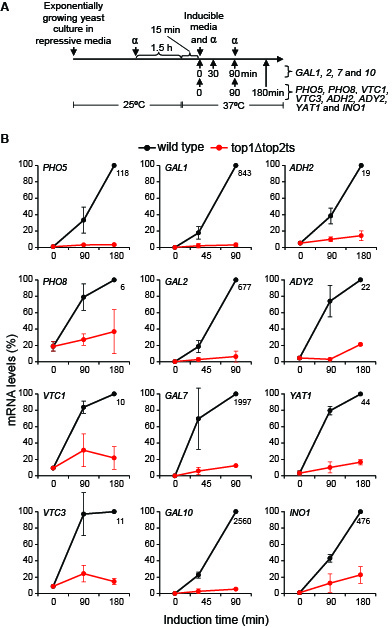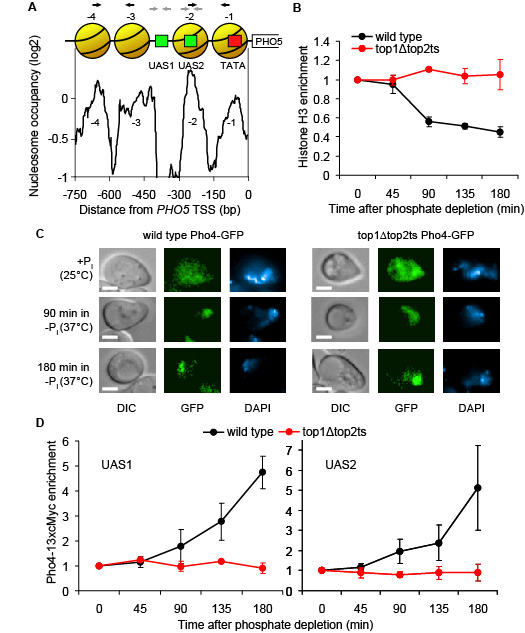DNA topology important for gene activity
Maintenance of all life requires a strict control of gene activity for the cell to give an optimal response to internal as well as environmental changes. New results now demonstrate that DNA topology plays an important role.



Due to the nature of DNA with two strands wound around each other as in a string, changes in DNA topology occur whenever the genetic information stored in the genes is accessed, as this requires a separation of the strands. This is the case during the transcription process, where the information is transferred to RNA before it is translated into protein.
It is well known that the topology of the DNA helix is constantly changed by a group of enzymes known as DNA topoisomerases. But can DNA topology and thereby DNA topoisomerases per se regulate gene activity? This question has recently been answered by a group of researchers from the Department of Molecular Biology and Genetics, Aarhus University, Jakob Madsen Pedersen PhD, PhD-student Jacob Fredsøe and Associate Professor Anni H. Andersen.
Their studies have taken outset in chip technology, which has allowed a mapping of the activity of all genes in the model organism S. cerevisiae (baker’s yeast) in the absence and presence of topoisomerases. The study has revealed a specific gene class, for which transcription is totally dependent on topoisomerases. Activation of genes belonging to this class depends on the chromatin structure of the promoter region, i.e. how DNA is wrapped around specific proteins in the region which regulate gene activity.
It turns out that the topological conformation of the promoter region determines whether this region is made accessible for the binding of essential transcription factors. The results demonstrate a hitherto unknown function of topoisomerases and DNA topology, and demonstrate that the regulation of gene activity is far more complex than initially assumed.
For the PHO5 gene, which was examined in detail in this study, the results demonstrated that an essential transcription factor is unable to bind the promoter region in the absence of topoisomerases. The researchers will now investigate other genes from the same gene class to determine if this is a general phenomenon for genes belonging to this class or if DNA topology regulates other steps in the activation process, i.e. removal of the proteins around which DNA is wound.
Link to the article DNA Topoisomerases Maintain Promoters in a State Competent for Transcriptional Activation in Saccharomyces cerevisiae.
For more information
Associate Professor Anni H. Andersen
Department of Molecular Biology and Gentics
Aarhus University
aha@mb.au.dk, +45 87155472
